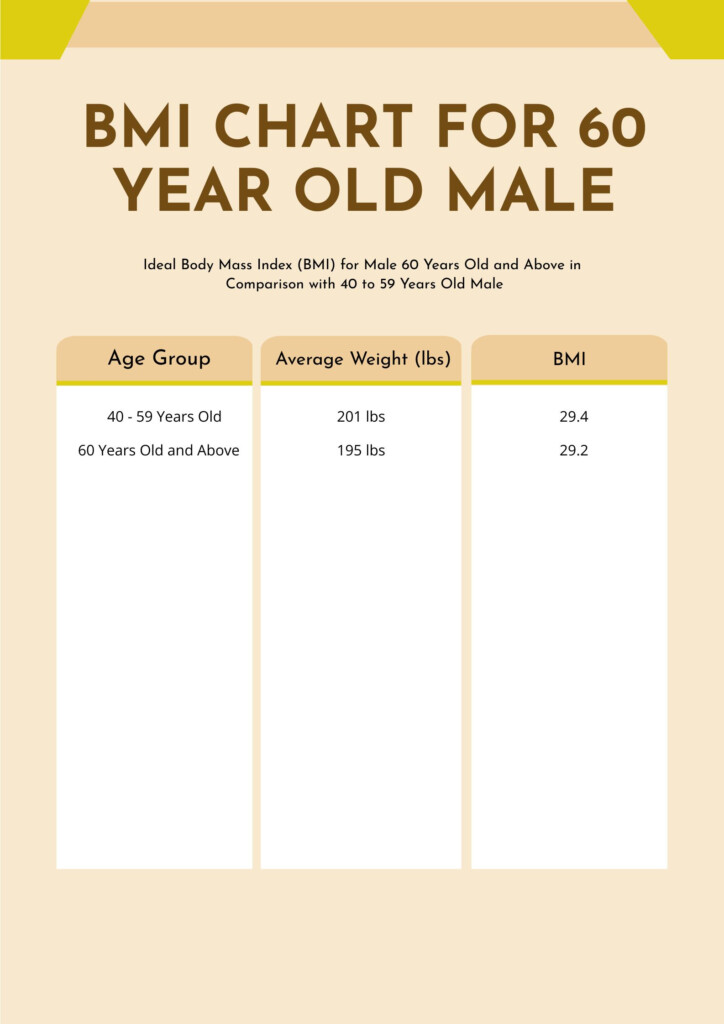One of the first things parents eagerly anticipate after the birth of their baby is tracking their newborn’s weight. A new born weight chart is a helpful tool that provides a guideline for what is considered a healthy weight range for babies. It is important to note that every baby is different and may not fit perfectly into the chart, but it can still be a useful reference point.
Typically, newborns lose a small amount of weight in the first few days after birth, but they should start to gain it back within a week or two. By monitoring your baby’s weight regularly and consulting with your pediatrician, you can ensure that your little one is growing and developing properly.
New Born Weight Chart
Using a New Born Weight Chart
A new born weight chart is usually based on the average weight range for babies at each age, starting from birth up to 12 months. The chart is typically divided into percentiles, with the 50th percentile representing the average weight for babies of that age. Babies who fall below the 10th percentile may be considered underweight, while those above the 90th percentile may be considered overweight.
It’s important to remember that these percentiles are just guidelines and not strict rules. Babies come in all shapes and sizes, and what matters most is that they are healthy and thriving. If you have any concerns about your baby’s weight, be sure to speak with your pediatrician for personalized advice and guidance.
Conclusion
Monitoring your baby’s weight is an important part of ensuring their overall health and development. A new born weight chart can be a helpful tool in tracking your baby’s growth and identifying any potential issues early on. Remember to consult with your pediatrician if you have any concerns or questions about your baby’s weight. By working together with your healthcare provider, you can ensure that your baby is on the right track for a healthy and happy future.
